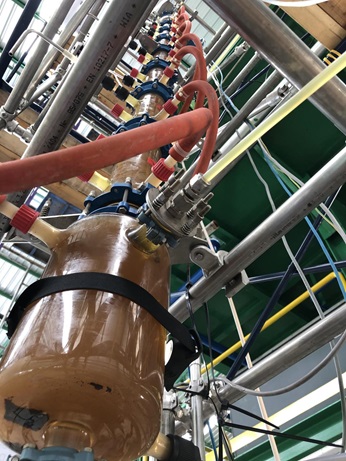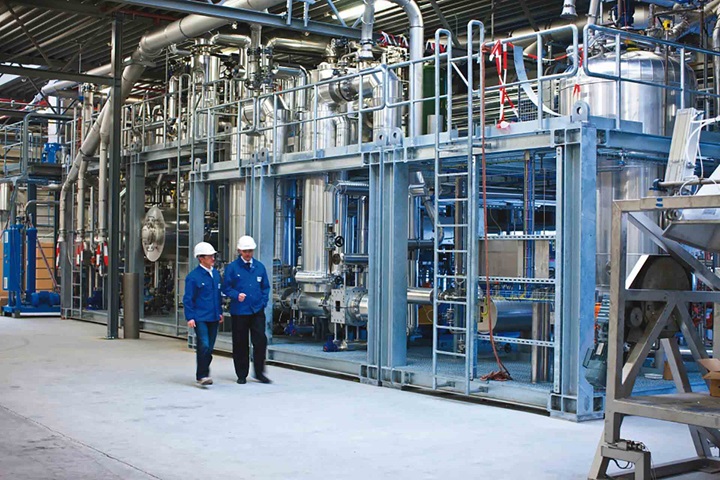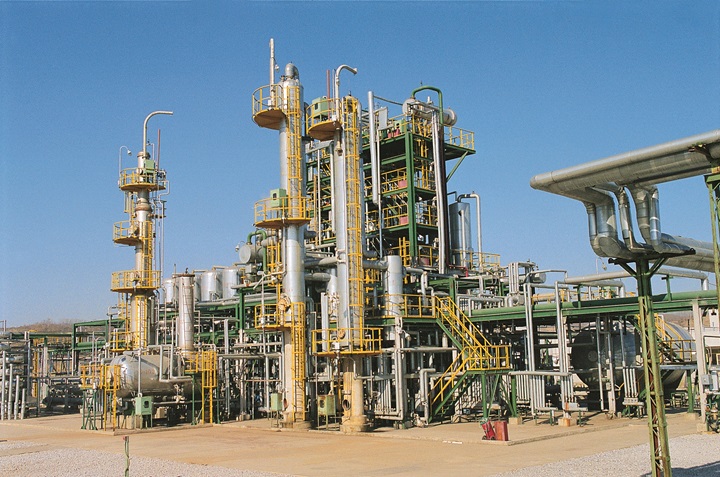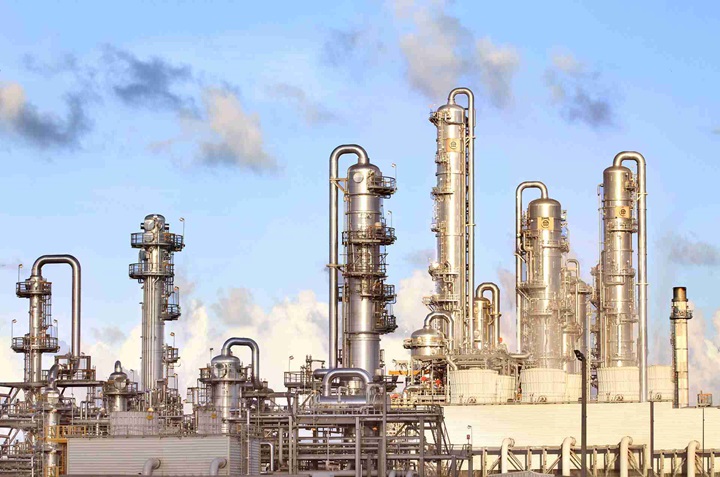Media release
December 05, 2019Sulzer Chemtech supports leading aroma producer with a unique bio-based vanillin separation unit
The typical vanilla aroma comes from one single compound, vanillin, which is among the world’s most popular plant-derived flavors and fragrances. Its annual worldwide consumption exceeds 19’842 metric tons, yet only 0.25% comes from vanilla pods.
There are a number of factors that make natural vanillin unattractive to food manufacturers and perfumeries. These include the slow growth of the plant, the low concentration of vanillin within the beans - which accounts for only 2 - 4.5% of the pod dry weight – and the current scarcity of vanilla orchids.
The greatest portion of vanillin originates from chemical synthesis, which often comes with an environmental cost, as the most common and proven method comes from a petrochemical route that uses non-renewable, fossil-based precursors and solvents, i.e. guaiacol and toluene. However, vanillin synthesis does not need to be bittersweet, as new processes that use more sustainable feedstocks and solvents are being developed.
Enhance the green flavor of vanillin
One of the key Indonesian manufacturers of food and aroma ingredients and main players in bio-based vanillin production derives the aroma compound from the native clove tree flowers. In order to obtain the precious vanilla aroma, clove oil is first distilled. This contains a high volume of eugenol, which has a chemical composition and structure similar to vanillin. Once eugenol has been separated, it is oxidized to obtain the end aroma, which then needs to be extracted by using solvents, such as toluene. Finally, the solvents are recovered and the vanillin undergoes further product purification.
In order to improve the sustainability of this process whilst intensifying it, the company wanted to combine three batch units for the extraction of vanillin after the oxidization of eugenol into one continuous system. In this way, the plant could improve its productivity whilst maximizing its energy efficiency, as process equipment would be reduced and the only distillation column would not need to go through cycles of heating and cooling at the beginning and the end of every batch process.
In addition, the company was keen on adopting greener solvents. More precisely, the company wanted to substitute toluene with a more eco-friendly organic solvent coming from natural resources.
Developing the ideal vanillin distillation unit
In order to achieve these goals, the aroma producer asked Sulzer, the leader in separation and mixing technology, to deliver a suitable solution. After examining the existing equipment and the specific process requirements, Sulzer’s engineers concluded that the design of Sulzer’s Kühni agitated column (ECR) for liquid-liquid separation could support the customer’s need for a high-performance and efficient solution. The unit would effectively handle a high flow rate to maximise throughput.
The ECR features several agitated compartments. The high number of agitators contributes to optimal execution by creating small droplets that at a reduced risk of emulsification. This aspect is particularly important, as the new organic solvent has a lower interfacial tension than toluene, therefore the chemical is more prone to emulsification during agitation within the extraction column.
Another challenge presented by the new extraction process was the presence of suspended, viscous particles within the vanillin feedstock. These would tend to accumulate at the bottom of the column and clog the structure, thus affecting productivity and equipment service life. Therefore, Sulzer’s team suggested a modified design for the lower section of the column that would promote the discharge of these deposits.
In addition, building a futureproof system was crucial to fully implement a continuous processing plant and maximize productivity. This is why Sulzer developed a fully automated separation process. This would require minimal input from the operators to adapt its operating conditions and maximize productivity.
The sweet taste of success
In order to test the feasibility of the overall system design and the modifications that had been carried out, Sulzer conducted small and large-scale tests, which culminated with the installation of a pilot column in Indonesia. These tests proved that the new processing unit would increase product quality and energy efficiency whilst drastically reducing production time and the associated costs.
Being extremely happy with the results of the pilot column, the company asked Sulzer to install the new separation unit. In particular, the level of process automation built into the system was appreciated.
In addition, the completion of this separation unit made the leading aroma producer crave for more mass transfer solutions, as the two businesses are currently discussing the possibility of extending their collaboration with a new vanillin purification project.
Ulric Seah, Senior Technical Consultant at Sulzer, concluded: “We received extremely positive feedback from the customer. The aroma producer appreciated our work in designing, testing and installing an innovative separation unit for its operations. While Sulzer has completed several projects on distillation of plant-based resources, this is the first time we have addressed bio-based vanillin. This is why, in this case, customer satisfaction was is particularly important for us, as it attests to the quality of our products and services in a wide range of applications.
Your contact
Dorota Zoldosova
Head of Marketing Communications Chemtech
Sulzer Management Ltd




